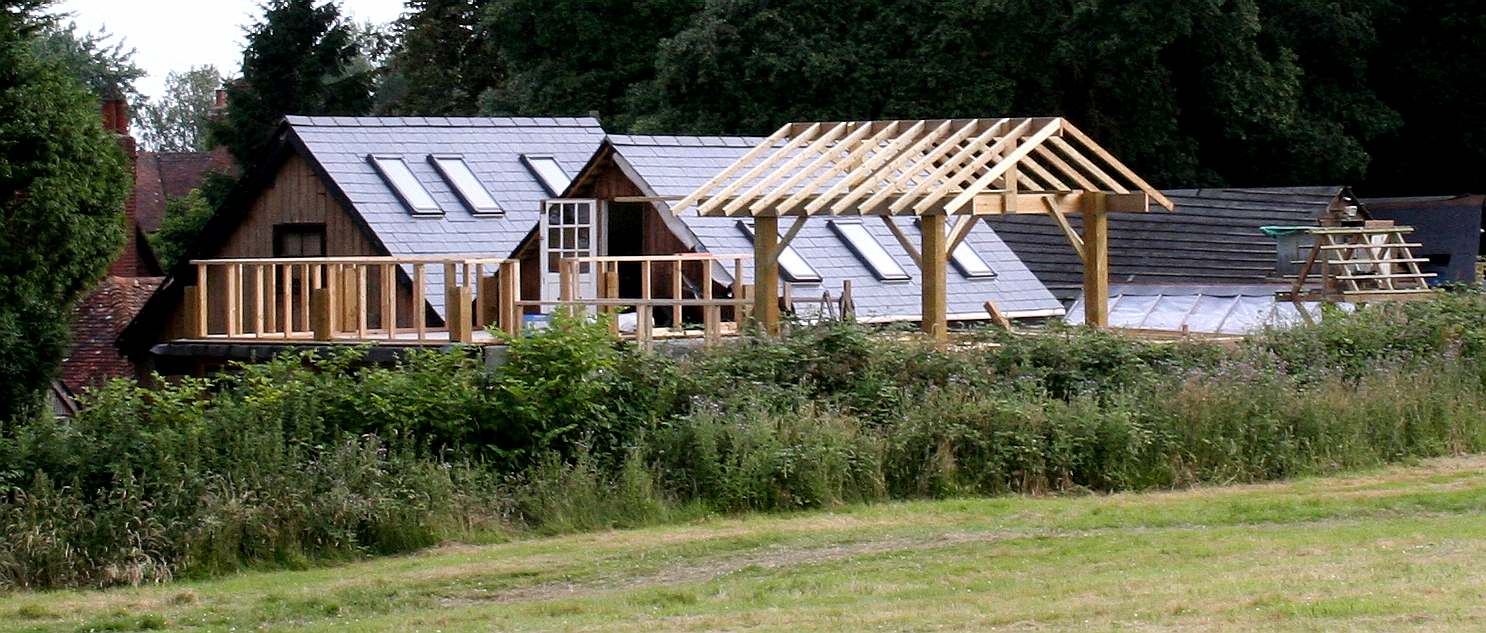|
WEST SUSSEX
Please use our A-Z INDEX to navigate this site or return HOME
|
Farming in Sussex, growing food for self-sufficiency and to feed livestock
West Sussex, from the Old English Sūþsēaxe ('South Saxons'), is a historic county in South East England that was formerly an independent medieval Anglo-Saxon kingdom. It is bounded to the west by Hampshire, north by Surrey, northeast by Kent, south by the English Channel coast, and divided for many purposes into the ceremonial counties of West Sussex and East Sussex.
The ceremonial county comprises the shire districts of Adur, Arun, Chichester, Horsham, and Mid Sussex, and the boroughs of Crawley and Worthing. Covering an area of 1,991 square kilometres (769 sq mi), West Sussex borders Hampshire to the west, Surrey to the north, and East Sussex to the east. The county town and only city in West Sussex is Chichester, located in the south-west of the county. This was legally formalised with the establishment of West Sussex Council in 1888 but within the ceremonial Sussex. After the reorganisation of local government in 1974, the ceremonial function of the historic county of Sussex was divided into two separate counties, West Sussex and East Sussex. The existing East and West Sussex councils took control respectively, with Mid Sussex and parts of Crawley being transferred to the West Sussex administration from East Sussex. In the 2011 census, West Sussex recorded a population of 806,900.
WEST SUSSEX COUNTY COUNCIL
-
Pagham Harbour – A protected area of wetland that is an important feeding ground for
birds. -
RSPB Pulborough Brooks -
Selsey Bill -
South Downs Way – a long distance footpath -
Stansted Park -
St Leonard's Forest -
Tilgate Park -
Wakehurst Place -
Warnham Local Nature Reserve, a 92-acre site with visitor centre -
WWT Arundel (a nature reserve of the Wildfowl and Wetlands Trust) -
Castles, houses and other buildings -
Barnham Windmill - Bramber Castle
- Christ's Hospital, an old charitable school notable for its archaic uniforms and picturesque campus.
- Goodwood House and Goodwood Motor Circuit
- High Salvington windmill
- Hurstpierpoint College, a public school, notable for its substantial Sussex flint buildings and large campus.
- Lancing College, a public school, notable for its substantial Sussex sandstone chapel and large campus.
- Seaford College, a public school known for its large campus
- Nymans house and gardens, a National Trust property near Handcross, Haywards Heath
- Petworth House and deer park.
- Queen Victoria Hospital, East Grinstead, where Sir Archibald McIndoe carried out reconstructive surgery for burns patients during the Second World War.
- Sackville College, a Jacobean almshouse in East Grinstead
- Shipley Windmill, (no longer open to the public).
- Standen, East Grinstead
-
Uppark, a 17th-century mansion high on the South Downs.
The Cathedral Church of Our Lady and St Philip Howard in Arundel is the Roman Catholic cathedral of the Diocese of Arundel and Brighton. Built in French Gothic style and dedicated in 1873 as the Catholic parish church of Arundel, it was not designated a cathedral until the foundation of the diocese in 1965.
-
Amberley Museum & Heritage Centre -
Manor Cottage -
Steyning Museum -
Tangmere Military Aviation Museum -
Horsham Museum -
Weald and Downland Open Air Museum of historic buildings at Singleton -
Wings Museum, Balcombe
SUSTAINABILITY - AFFORDABLE HOUSING
There is an almost total lack of affordable housing in Sussex. Sustainability and the 'Blue' or Circular Economy, not being high on the agendas of local authorities. But then we must remember that Margaret Thatcher sold off our social housing, and the Conservative Party have continued to promote the build of expensive housing as investments to launder overseas money. So creating generations of financial slaves.
RARE SURVIVING TIMBER BUILDING - When Howard Carter discovered Tutankhamun's tomb in 1922, the dig was not much to look at. A lot of sand and a small entrance, amongst a desert of dunes. But once inside, the small chamber, the Egyptologist realised that the monument was intact. Hence was a treasure trove.
The old Generating Station in Lime Park, at Herstmonceux, is not of outstanding architectural design or construction (except for the use of redwood and extensive architrave). What is astonishing is that it remains extant, where other early electricity stations have been demolished by property developers, or rotted away.
Indeed, many former residents in Lime Park, and two recent newcomers, have not grasped that this is all that is left as evidence of our transition from coal, to electricity. It is believed to be the only example surviving anywhere on the planet of its kind, including load levelling via a giant battery store, comprising roughly half of the building, with substantial shelves where weighty lead-acid batteries were stored in glass containers, to power the whole village of Herstmonceux, and Lime Park estate, overnight.
The Trust that occupies the buildings, needs help to maintain this interesting industrial complex. The buildings have no reasonable or beneficial use, the local authority doing all they can to prevent conservation. Placing manifold obstacles in the way, where they should be helping those interested in restoring the historic asset, to achieve that ideal.
LINKS & REFERENCE
https://www.westsussex.gov.uk/
FREEDOM OF THOUGHT AND SPEECH - This website is protected by Articles 9 and 10 of the European Convention of Human Rights and Fundamental Freedoms, and Articles 18 and 19 of the Universal Declaration of Human Rights. Herstmonceux Walkers Association avers that the right to impart information is a right, no matter that the method of communication is unpalatable to the State.
|
|
Please use our A-Z INDEX to navigate this site or return HOME
|


